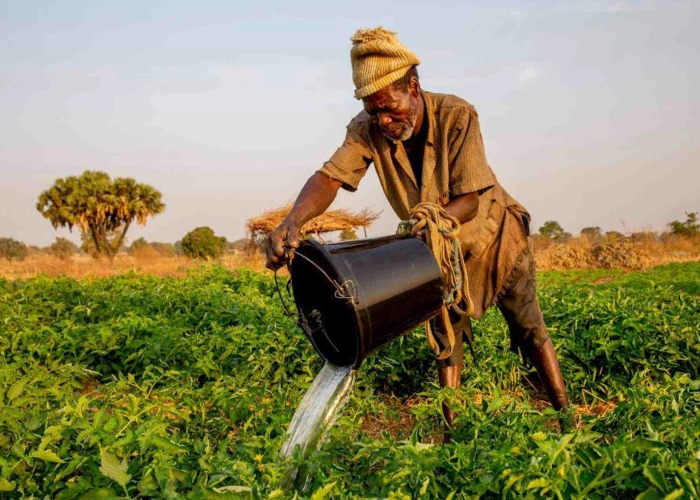A traffic light soil water sensor for resource poor farmers

More of the world’s future food supply will come from irrigated areas – from Africa where irrigation is largely under-developed to parts of Asia where irrigated areas are facing resource depletion and degradation. For irrigation to meet this challenge, several simultaneous transformations are required. Broadly these reside in the areas of water governance, water infrastructure and innovations to assist the small scale farmer to manage their irrigation water on farm.
“You cannot manage what you can’t measure” is a key factor in the disappointing results from irrigation. The task of cheaply, accurately and simply measuring soil water to guide irrigation decisions is so difficult that most Research for Development policy papers do not even mention soil moisture monitoring as a potential avenue for increasing productivity. However, being able to measure soil moisture is the key ingredient to improving individual farmer productivity, reducing negative environmental impacts and providing the potential for evidence based discussions on increasing equity in water distribution.
This project focuses on delivering technology to smallholder irrigators that will help them manage water on their farms. It aims to take a simple new sensor to proof of concept stage for commercial development. A prototype has been developed which can be manufactured locally in order to make it affordable for farmers. The sensor measures tension and gives an output resembling a traffic light i.e. green (plenty of water) orange (transition) and red (running out of water) at three depths. The design of the traffic light sensor combines a deep understanding of science in soil water measurement techniques and the social process of adaptive learning, particularly amongst small holder farmers.